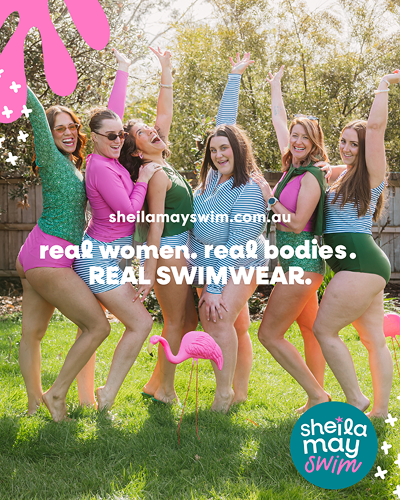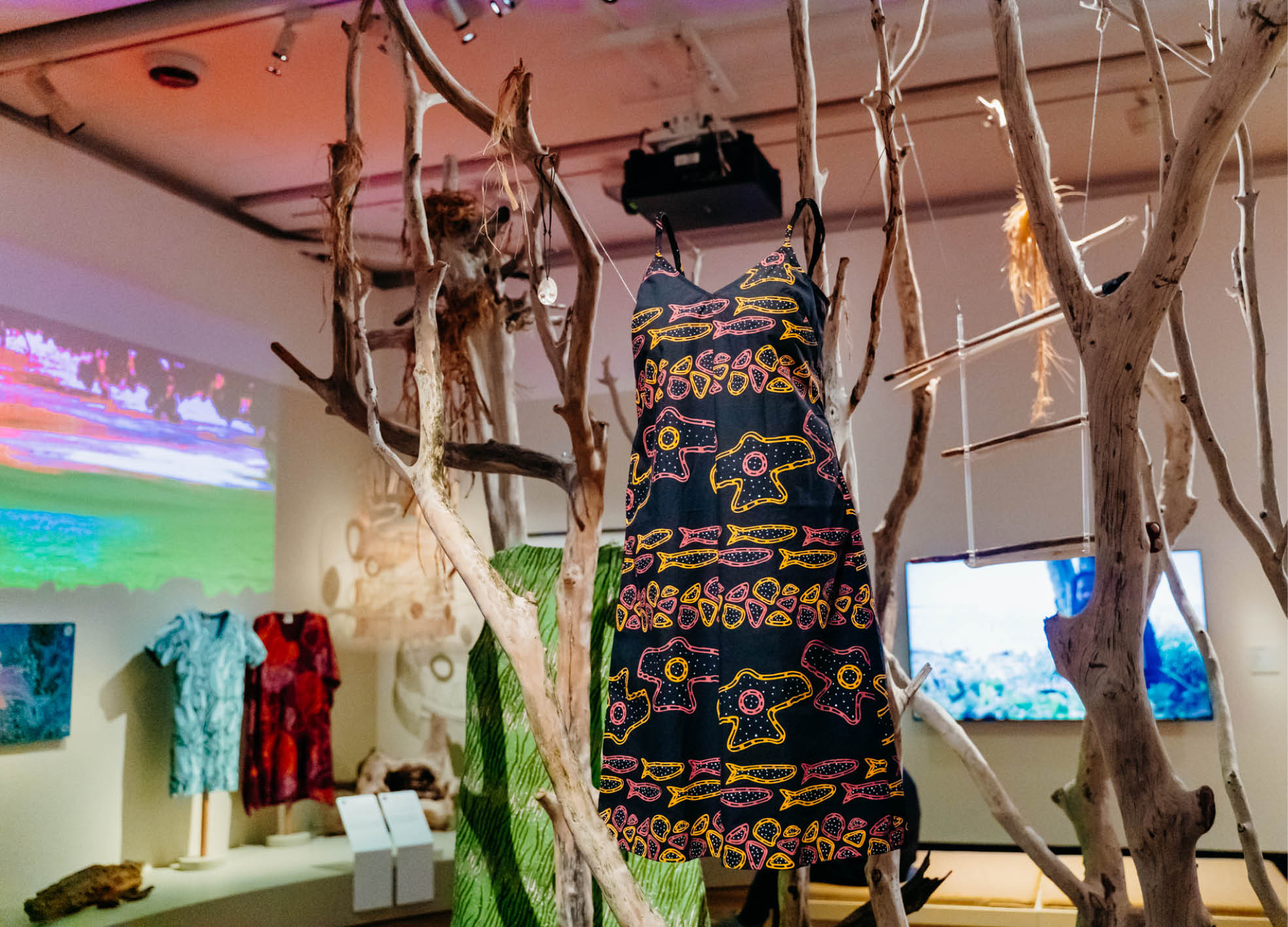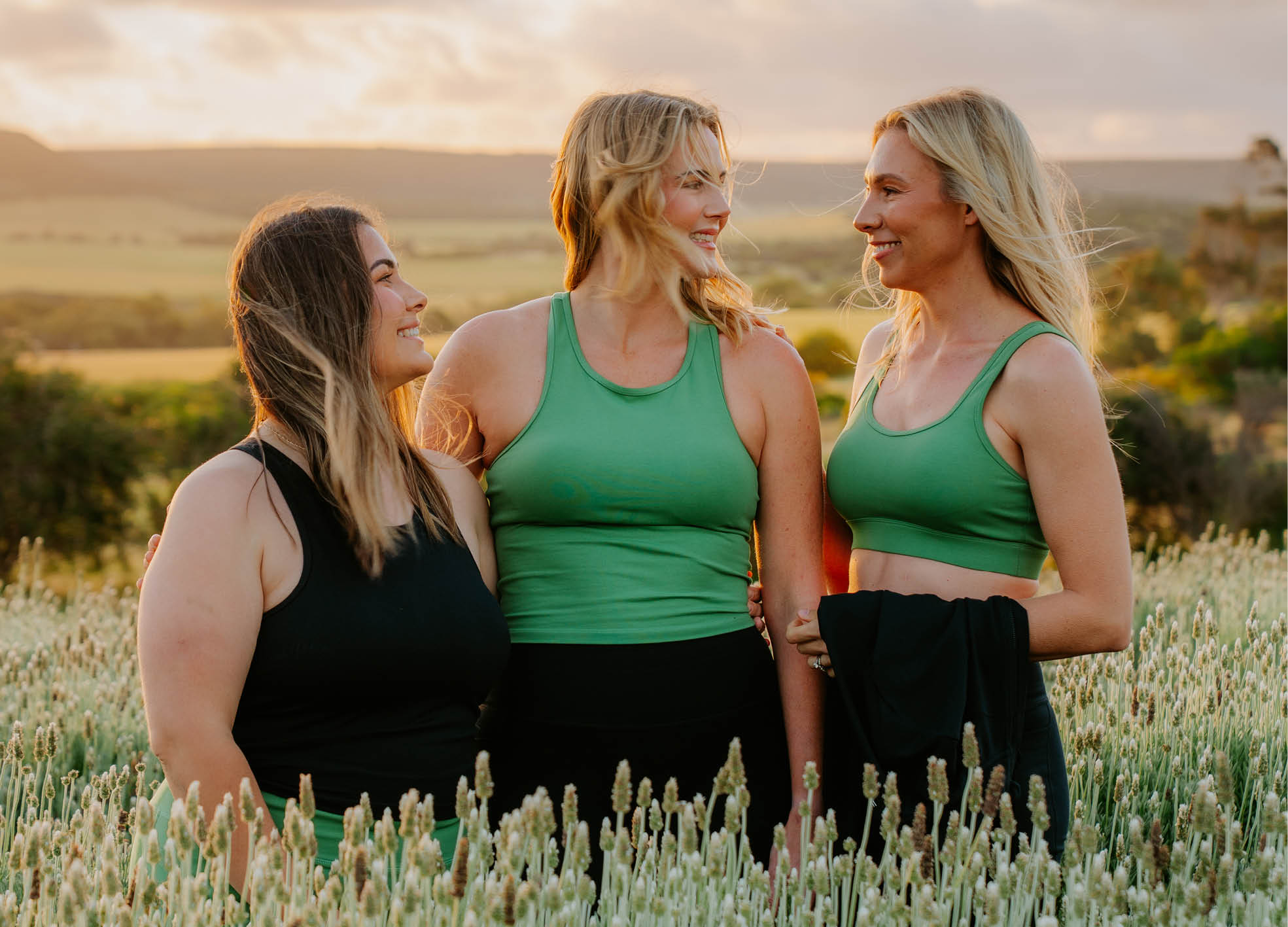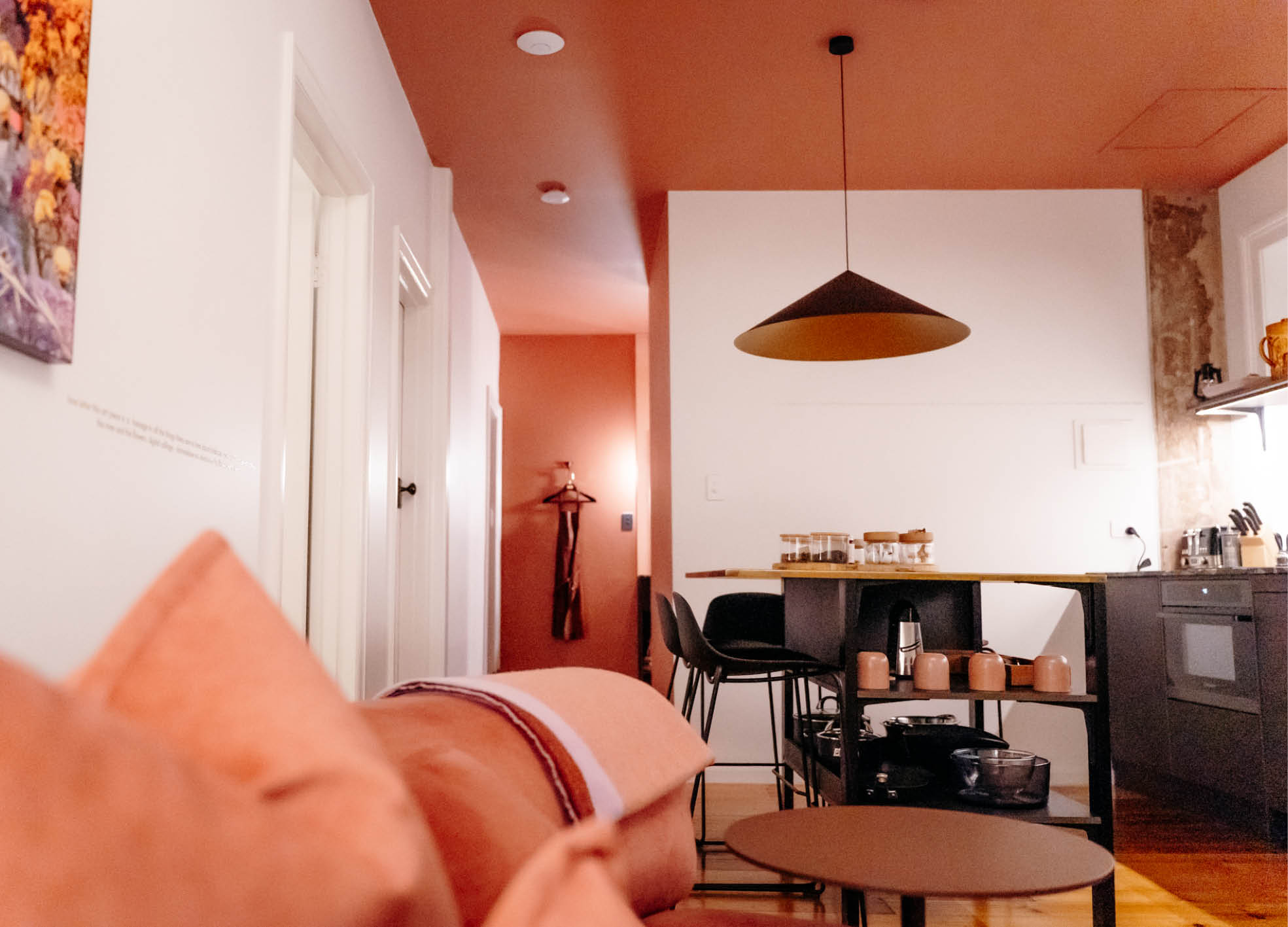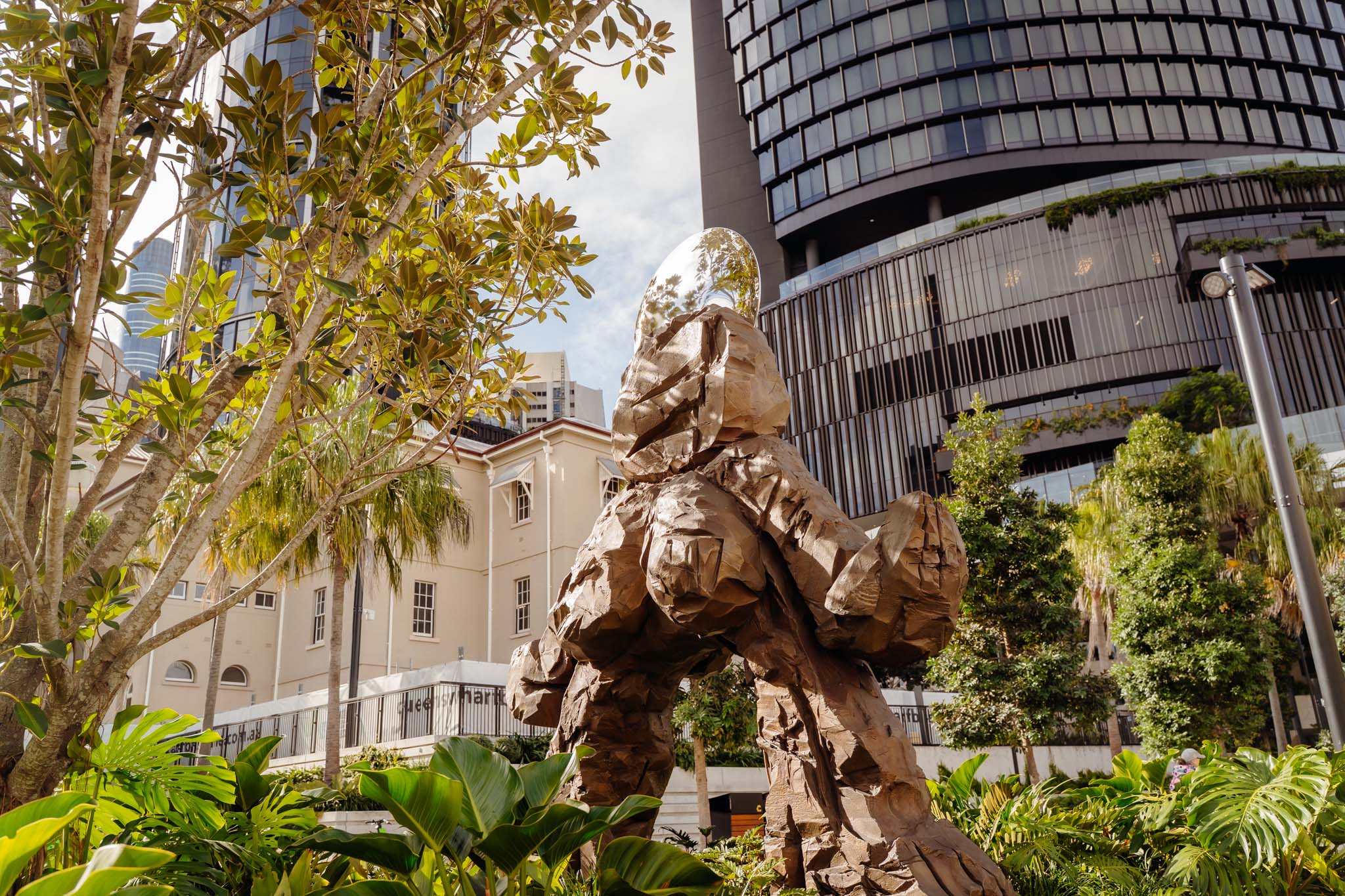Fast Fashion Brand Slammed for Toxic Dyes

- Words by Peppermint
One look at the neon colourways and you can probably guess that online clothing retailer Pretty Little Thing doesn’t favour natural dyes for its collections. But alarming viral posts have now found the fast-fashion brand might be using potentially harmful chemicals.
Owned by UK-based Boohoo Group, Pretty Little Thing sells women’s apparel in the UK, US, Australia, France and Ireland. They’ve collaborated with the likes of the Kardashians, been endorsed by Nicki Minaj, Miley Cirus, and other celebrities, and in 2017 the brand beat Gucci and Louis Vuitton to take out the title of ‘fastest-growing fashion company’ in a study that analysed Google search data. In the past few weeks, however, search queries related to the brand have taken a turn, with shoppers going online to find the answers the company has denied them.
Claims that Pretty Little Thing uses AZO dyes that have been linked to birth defects, reproductive health issues and cancer first came to light after a UK woman shared a screenshot of the brand’s terms and conditions page on Facebook. The post went viral, garnering 29,000 comments and almost as many shares from concerned customers and outraged consumers alike.
What are AZO dyes, and why are they a worry?
The Pretty Little Thing scandal revolves around the company’s use of AZO dyes. AZOs are synthetic colourants used to achieve vivid hues (think neon yellow or rich blue) in fibres, cosmetics, textiles, and even food products. First developed in laboratories in the 19th century, AZO dyes were standard practice in the textile industry for many decades. That’s until research into AZO dyes, which started in the 1940s, revealed their pitfalls for human health and the environment.
According to the ACCC’s Product Safety Australia website, a small proportion of AZO dyes are known to break down into chemical compounds called aromatic amines (AAs), which are ‘suspected carcinogens’. On direct contact, AAs can be absorbed through the skin. Roughly 20 out of the 300 most common AZO dyes break down into aromatic amines.
The Cancer Council Australia cautions that there are no studies to prove a direct causal link between AZO dyes and cancer in humans. They do, however, recommend minimising contact with the chemicals whenever possible. Manufacturers in Australia are banned from using AZO dyes, but there are no laws to say imported products made with AZOs can’t be sold here. The use of AZO dyes is still widespread in most garment-producing countries, including in India, Turkey, and in China – where Pretty Little Thing manufactures its apparel. When released into waterways, AZOs can cause neurosensory damage in marine wildlife.

Many Australian retailers have agreements with their suppliers to prevent products with AZOs coming in. But this system has been shown to be fallible. In 2014, more than 200,000 imported items including jeans and pillow cases were pulled from the shelves of Australian stores after they were discovered to contain AZOs. That was the result of a snap screening by the ACCC. Without legislation in place, consumers normally rely on voluntary testing and recalls on the part of the brand to keep them safe. It is therefore incumbent on shoppers to check for themselves.
Why weren’t shoppers warned?
One of the most disturbing aspects of this story is the lack of transparency on the part of Pretty Little Thing. Even if a brand is fully aware their products contain potentially harmful AZO dyes, they’re not obliged to disclose this information to Australian consumers. In the US state of California, it’s a different story. Proposition 65, a binding piece of legalisation enacted in 1986, dictates that companies must issue a warning to customers if their products contain any of 900 ‘blacklisted’ chemicals. This covers the gamut of consumer goods, from fashion to food. You can even find the warning displayed on signage at the Disneyland Resort in Anaheim. Topshop and ASOS publish similarly worded disclaimers on the terms and conditions pages of their US websites.
Like Australia, UK law doesn’t require such a disclosure. The statement that appeared in the infamous screenshot has since been removed from Pretty Little Thing’s UK website.
What this means for the industry
The fact that no warning need be issued to potential customers is almost as alarming as the company’s use of AZO dyes itself. This latest uproar points to a much bigger problem in the fashion industry: lack of transparency. Use of potentially harmful AZO dyes is just one more addition to the growing list of things fashion brands are at best elusive and at worst deceptive about.
In the 2019 Ethical Fashion Report, Boohoo Group received a grade of C- for transparency. Both Pretty Little Thing and its owner company were given an overall grade of C-, falling short of the median grade of C+. Although the Report doesn’t deal specifically with AZO dyes, it does note that Bohoo Group has a restricted substances list in place. The inconsistency between policy and practice is nothing new.
One thing that seems to be missing from news reports about the Pretty Little Thing scandal is the impact of AZO dyes on the health of workers who manufacture the clothing. According to the Ethical Fashion Report, only 35 percent of fashion companies listed take measures to ensure their employees are not exposed to potentially toxic chemicals.
WORDS: EMILY LUSH IMAGE: SANDRA SEITMAA/ANDREI PANFILOIU
JOIN OUR MAILING LIST
Brighten up your inbox with our not-too-frequent emails featuring Peppermint-related news, events, competitions and more!
explore
More articles
When you hang a painting on a wall, the story stays put. But when you wear a beautifully made garment that may as well be a piece of art? The story travels. It moves through the world with you –…
We all do it: fire up the car for a 5-minute drive to pick up groceries, drop off sewing supplies, or run a quick errand…
Here’s a question: who decided that natural fibres aren’t a great fit in activewear? For Geraldton mum-of-four Jade Payne, that question became paramount after a…
Fancy a getaway in a heritage building that was once a hospital, an orphanage AND a school in a previous life? Despite what your initial…
When the algorithm gods reward dance trends over hand-thrown ceramics, and building a website feels more stressful than a tax return, where’s a maker to…
Time-travelling lungfish floating in a mosaic of glass tiles, a four-breasted female empowerment goddess cast in bronze, and a striking botanical sculpture spanning 15 metres,…
Hang out with us on Instagram
“Crafting is something that has come naturally since I was small and I just haven’t stopped. When I was smaller, I was interested in the end result. As I’ve gotten older, I realise it’s the process that keeps me coming back to craft. It’s a meditative state for me and I find the repetitive action of the stitching and felting quite therapeutic.”
Craving a world filled with warmth and whimsy? It’s all in a day’s work for textile artist @Cat_Rabbit, whose latest book, ‘Trinkets’, is bursting with felty food friends to make and cherish. Cat invited us into her universe, filled with cheeky characters, layered storytelling and loads of humour.
Plus: try the super sweet pattern for Cat’s Lucky Pickle, perfect to make as a stocking stuffer, extracted from Trinkets.
Read more from our ‘Just felt right’ feature in Issue 64, at newsagents and stockists now!
Photos: Tatanja Ross @On_JacksonStreet and Cat Rabbit
#PeppermintMagazine #CatRabbit #LuckyPickle #Craft #Crafting #Felting #FeltCrafts #Trinkets #ChristmasDecorations

Our hearts go out to everyone impacted by the Bondi Beach violence, especially the Jewish community. Also to the beachgoers, those who bravely helped and the first responders.
While it`s easy – and understandable – to get caught up in the horror of it all and direct anger at certain groups, remember this quote from teacher and author Erin Gruwell: "Don`t let the actions of a few determine the way you feel about an entire group."
“You don`t fight racism with racism. You fight racism with solidarity," said Bobby Seale of the Black Panthers. And solidarity is exactly what we need right now.
If you are feeling overwhelmed, you are not alone. Remember there is much more kindness in the world than hate. ❤️🩹
@LifelineAustralia has created a Bondi Beach Incident: Wellbeing support guide, where you’ll find information about common reactions, reassurance that what you’re feeling is valid, and ideas for taking care of your wellbeing.
https://lifeline.org.au/bondi-incident
You can also call Lifeline on 13 11 14, text on 0477 13 11 14 or chat at lifeline.org.au/crisis-chat anytime, no matter how this has impacted you.
@BeyondBlueOfficial is also available with free 24/7 support by phone on 1300 22 4636 or webchat at https://www.beyondblue.org.au/
Register.Find.Reunite. has been activated by @RedCrossAu to help people reconnect with family and friends. Visit redcross.org.au to access the service.
@NSWPolice Public Information and Inquiry Centre (PIIC) is operating 24/7 on 1800 227 228 for information relating to people impacted.
@LifeBloodAu is supporting Sydney hospitals. O- and O+ blood are always in high demand in emergencies. To donate (from anywhere in Australia – all states are welcome and helpful!) call 13 14 95 or use the Lifeblood app.

Just a reminder… from @SugarHouseCeramicCo
This holiday season be kind, patient and shop local!
#ShopSmall #ShopLocal #SupportSmallBusiness

✨️ Our website is getting a glow-up! ✨️
Sorry for the inconvenience but it will be offline for a few days. You can still purchase subscriptions (perfect for chrissy presents!) via the links on the holding page.
Last year we were extremely excited to receive funding from the Meta Australian News Fund, in partnership with the Walkley Foundation. The result of this is a fabulous new website, with a sustainable fashion and sewing directory that will follow early next year. We`ve worked with the lovely Amy and Jenny at @CrumpetClubHouse who have been making the magic happen – we can`t wait to show you the outcome! ✨️
In the meantime, please get in touch if you need help with anything – hello@peppermintmag.com
We`ll see you on the other side! 🌈

🎀 12 DAYS OF XMAS GIVEAWAYS 🎀
🎄On the 12th day of Christmas, we’re giving away… a GREENPAN FROST ICE CREAM & FROZEN DRINK MAKER! 🎄
Ice, ice, baby! Calling all kitchen magicians and dessert devotees: it’s time to churn, blend and devour your way to frozen heaven. It’s our final giveaway – and hoo girl, it’s a goodie! Thanks to the clever folks at @TheOriginalGreenPan.Anz, one reader will cool their mitts on the Frost Ice Cream & Frozen Drink Maker – perfect for conjuring up home-made gelato, sorbet, smoothies, slushies and more!
Valued at $599, the Frost Ice Cream & Frozen Drink Maker is designed with GreenPan’s signature Thermolon™ ceramic non-stick coating, so you can whip up summer-ready sweet treats free of PFAS, PFOA, lead and cadmium.
To snag this frosty prize, follow @TheOriginalGreenPan.Anz and tag a friend in the comments below before midday AEST 15 December! (Australian and New Zealand addresses only, please.) Good luck!
Update: The lucky winner of our final giveaway is @just__for__van - congrats! We`ll dm to get your details. Well done! 🎉
#PeppermintMagazine #12DaysOfChristmas #12DaysOfGiveaways #GreenPan

Oh hey 👋🏼 Just a little reminder that our subscriptions are sent in paper envelopes, which is a bit of a rarity in our industry. 💅🏼
If you need more reasons to subscribe, how about these:
💌 Enjoy a new issue arriving in your letterbox every six months.
💌 Subscribers exclusively receive FOUR digital sewing patterns per year!
💌 You’ll be the first to get your hands (and needles) on our patterns with early access.
💌 Get a 20% discount code on back issues of Peppermint so you can start your collection today!
💌 Automatically go in the draw to win amazing prizes each issue.
💌 Feel good about your subscription arriving in plastic-free postage.
💌 Support a small, women-led Australian business.
💌 Help us make the world a better place!
And... it`s a perfect Christmas present! We have a downloadable card you can print to go with your gift.
💌 Link in bio!
#PeppermintMagazine #SupportSmallBusiness #ShopLocal #ShopSustainable #PlasticFree


